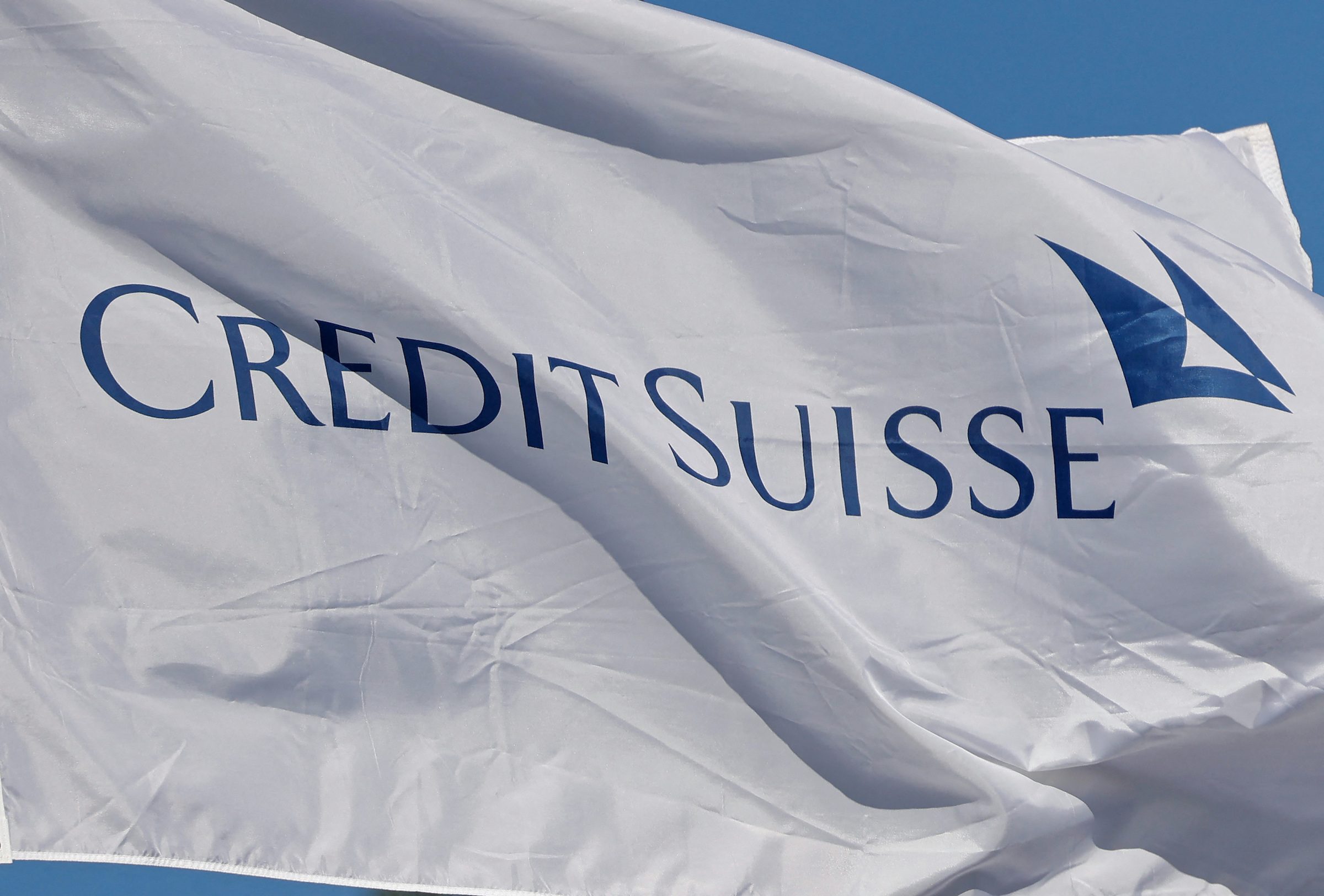SUMMARY
This is AI generated summarization, which may have errors. For context, always refer to the full article.

Credit Suisse Group chief financial officer Dixit Joshi and his team will hold meetings over the weekend to assess strategic scenarios for the embattled Swiss bank as it enters a make-or-break weekend.
Credit Suisse was thrown a $54-billion lifeline by the Swiss central bank on Thursday, March 16, to shore up liquidity after a slump in its shares and bonds intensified fears about a global banking crisis. Though analysts said they think that might not be enough.
What events led to the recent share slump?
A string of scandals over many years, top management changes, multibillion-dollar losses, and an uninspiring strategy can be blamed for the mess that the 167-year-old Swiss lender now finds itself in.
The sell-off in Credit Suisse’s shares began in 2021, triggered by losses associated with the collapse of investment fund Archegos and Greensill Capital.
In January 2022, Antonio Horta-Osorio resigned as chairman for breaching COVID-19 rules, just eight months after he was hired to fix the ailing bank.
In July, new chief executive officer and restructuring expert Ulrich Koerner unveiled a strategic review – but failed to win over investors.
An unsubstantiated rumor on an impending failure of the bank in the autumn sent customers fleeing.
Credit Suisse confirmed in February that clients had pulled 110 billion Swiss francs ($119 billion) of funds in the fourth quarter while the bank suffered its biggest annual loss of 7.29 billion Swiss francs since the financial crisis. In December, Credit Suisse had tapped investors for 4 billion Swiss francs.
On Wednesday, March 15, Saudi National Bank, the bank’s top backer, told reporters it could not give more money to the bank as it was constrained by regulatory hurdles, while saying it was happy with the bank’s turnaround plan.
Credit Suisse shares have lost more than 75% of their value over the past 12 months.
What steps can Credit Suisse take to calm investors?
Credit Suisse has said it would borrow up to $54 billion to shore up liquidity and investor confidence but some analysts believe that is unlikely to be enough to soothe investors.
Winning the backing of strategic investors could be one option to shore up market confidence. It counts Qatar Investment Authority and Saudi conglomerate Oyalan Group among its investors.
In the early days of the global financial crisis in 2008, UBS took on Singapore sovereign wealth fund GIC as an investor but the stake sell-down ultimately resulted in a loss for GIC, a cautionary tale for potential backers.
Divesting stakes in various assets is an option as Credit Suisse owns an asset management business and a stake in SIX Group, which runs the Zurich stock exchange.
The bank has pivoted to a strategy of catering to rich clients while cutting back on its volatile investment banking business and has already announced plans to spin it off.
Swiss regulators are encouraging UBS and Credit Suisse to merge, one source with knowledge of the matter said, but added that neither bank wanted to do so.
How important is Credit Suisse?
The bank ranks among the world’s largest wealth managers and crucially it is one of 30 global systemically important banks, whose failure would cause ripples through the entire financial system.
Credit Suisse has a local Swiss bank, wealth management, investment banking, and asset management operations. It has just over 50,000 employees and 1.3 trillion Swiss francs in assets under management at the end of 2022, down from 1.6 trillion a year earlier.
With more than 150 offices in around 50 countries, Credit Suisse is the private bank for a large number of entrepreneurs, rich and ultra rich individuals, and companies.
– Rappler.com
$1 = 0.9258 Swiss francs
Add a comment
How does this make you feel?

![[ANALYSIS] Time to take the contrarian side](https://www.rappler.com/tachyon/2024/07/thought-leaders-time-to-take-the-contrarian-side-072520224.jpg?resize=257%2C257&crop=452px%2C0px%2C1080px%2C1080px)
![[ANALYSIS] Every inch of the market’s climb is a battle now but may soon prove better](https://www.rappler.com/tachyon/2024/07/thought-leaders-market-climb-battle.jpg?resize=257%2C257&crop=324px%2C0px%2C720px%2C720px)

![[ANALYSIS] A new advocacy in race to financial literacy](https://www.rappler.com/tachyon/2024/04/advocacy-race-financial-literacy-April-19-2024.jpg?resize=257%2C257&crop_strategy=attention)
![[ANALYSIS] Search for stocks that continue to sizzle](https://www.rappler.com/tachyon/2024/04/search-stocks-that-sizzle-April-5-2024.jpg?resize=257%2C257&crop_strategy=attention)
There are no comments yet. Add your comment to start the conversation.